Joint Pain in Old Age: 5 Tips to Cure
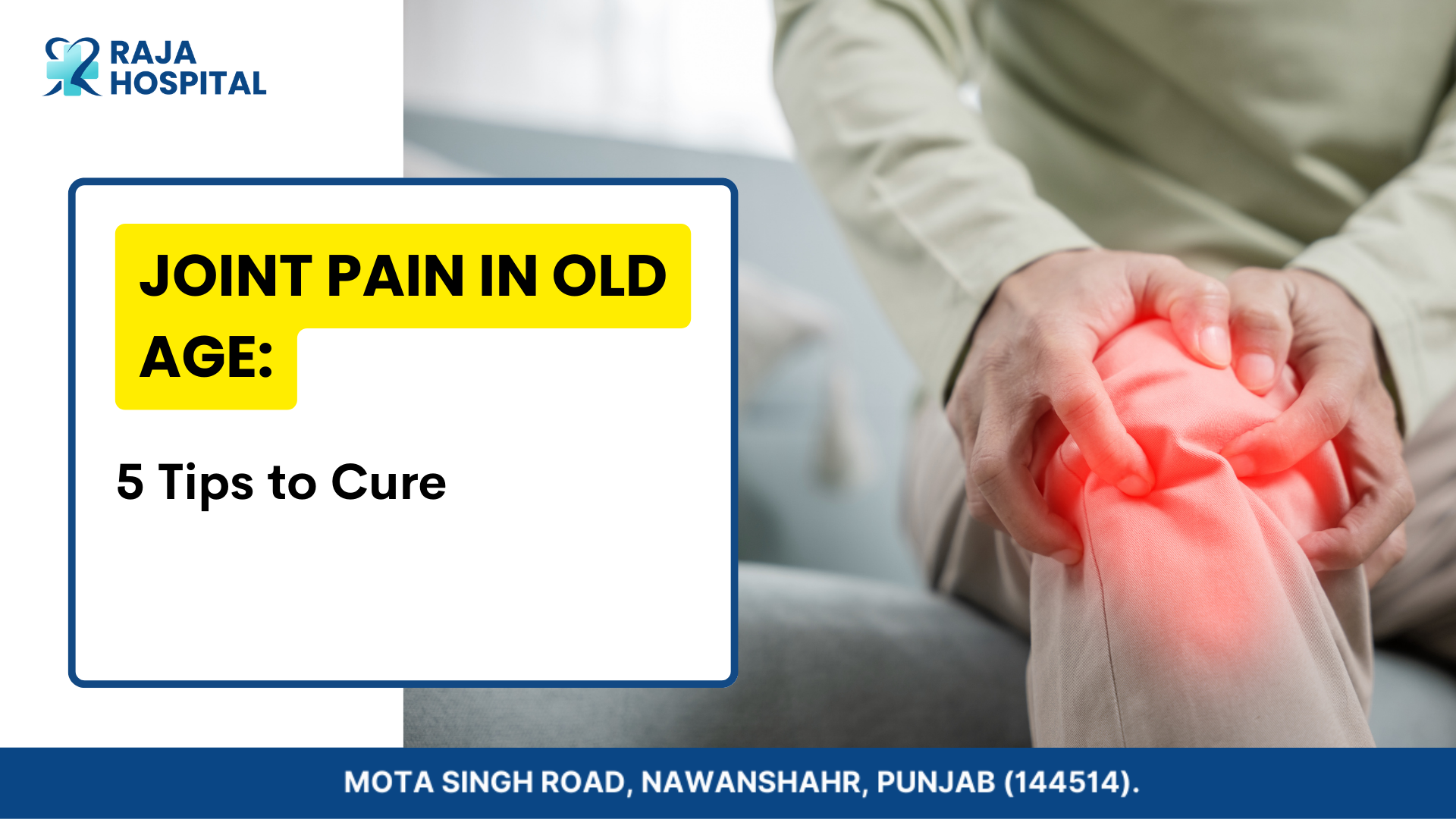
REVIEWED BY Dr. Lakhwinder Singh (MBBS, MS Orthopedics) on 8th July 2024.
Ah, the golden years! A time for enjoying the fruits of your hard work, indulging in hobbies, and making the most of every moment with loved ones. But for many, it’s also the era of the unwelcome guest: joint pain. It creeps in, uninvited, turning what should be leisurely walks into challenging treks and transforming simple tasks into Herculean efforts.
But fear not! You’re not destined to spend your days sidelined by discomfort. So let’s have some friendlier advice on how to deal with it.
Today, we’re diving into a topic that hits close to home for many—managing joint pain in our later years. It’s a journey that requires patience, understanding, and a sprinkle of wisdom.
What is Joint Pain?
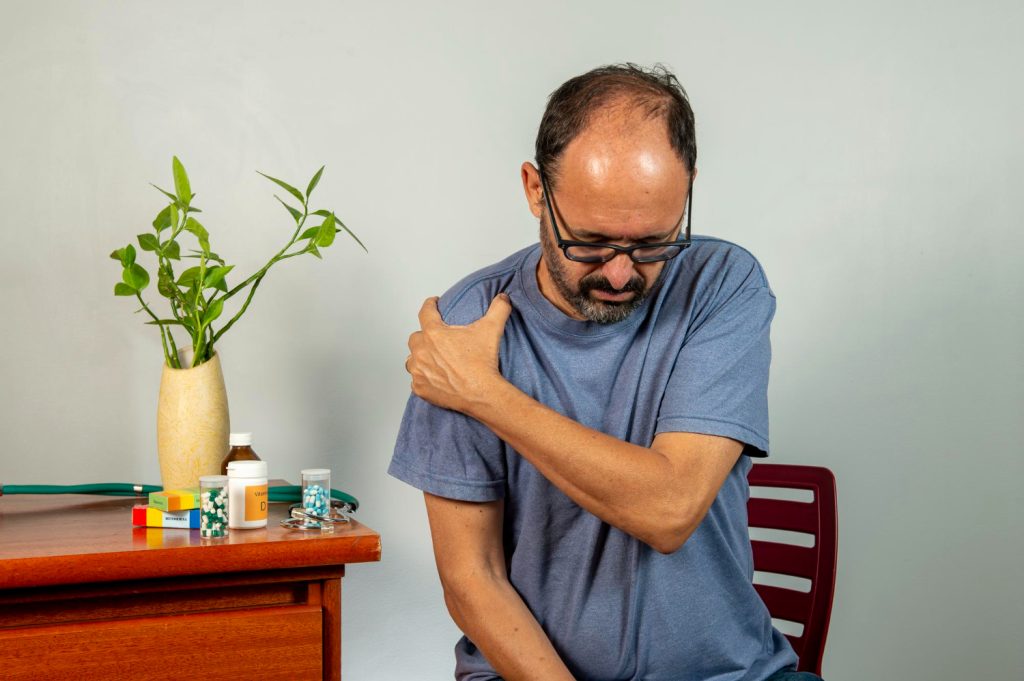
Joint pain is when any part of your body where two bones meet, like your knees, elbows, or shoulders, hurts. It can feel like aching, soreness, or stiffness, and it can happen for just a little while or last a long time.
Symptoms
Swelling: Your joints puff up like they’re storing nuts for winter.
Redness: Looking like you’ve applied blush to your knees and elbows.
Warmth: Your joints are throwing a mini-fever party.
Stiffness: Moving like a rusty Tin Man from “The Wizard of Oz.”
Major Causes of Joint Pain
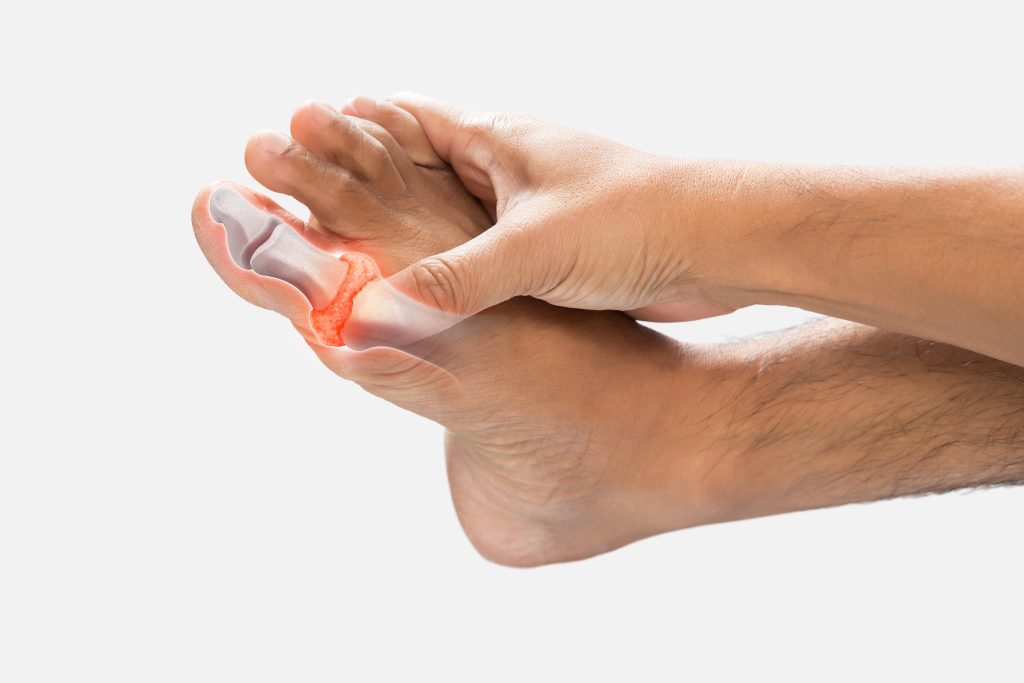
Joint pain in old age can be attributed to several causes, but the major four are:
- Osteoarthritis: This is the most common form of arthritis in older adults, resulting from the wear and tear of cartilage that cushions the ends of the bones over time.
- Rheumatoid Arthritis: An autoimmune disorder where the immune system mistakenly attacks the joints, leading to inflammation and pain.
- Gout: A form of arthritis characterized by sudden, severe attacks of pain, swelling, redness, and tenderness in the joints, often the big toe.
- Osteoporosis: A condition that weakens bones, making them fragile and more likely to break, leading to joint pain as a secondary effect.
Factors that Affect Joint Pain Age:
Weight: More weight, means more work for the joints.
Previous injuries: Old sports injuries or accidents can come back to haunt you.
Occupation: Years of doing the same motions can take a toll.
How Do Your Joints Change as You Grow Old?
As you grow old, your joints undergo wear and tear, leading to reduced cartilage thickness, decreased synovial fluid, and more bone-on-bone contact, which can cause stiffness and pain. The cartilage in your joint serves as an absorber; therefore, it wears down slowly after some years, and the synovial fluid, acting as the body’s natural joint lubricant, begins to lose its effectiveness. To put it in other terms, it is like the oil of the joint is running low.
When to Consult a Doctor?

When your joints are painful, and the pain or the feeling of discomfort that something new is felt does not go away, or for that matter, if pain or any kind of new feeling is felt, it better be off to the doctor then. It’s really like when the car starts making some weird noise; better just check it early.
Care and Treatment
On the bright side, it’s something you can manage, from medications to lifestyle changes. Think of it as a toolbox: You just need to find the right tools.
Need of Medication
The medical ‘renovations’ not only aim to relieve pain but also to restore mobility and quality of life, making it possible for you to chase after those grandkids or get back to your morning walks.
It’s hard to accept that home remedies are not always working properly, especially when you are old. So it is high time to start working on the medication. Here are some suggestions:
Pain relievers: For when your joints are throwing a tantrum.
Anti-inflammatory drugs: To cool down the inflammation party in your joints.
Remember to always consult a doctor while starting medicines.
Common Surgical Procedures
Surgical treatment options for age-related joint pain include repair of the damaged portions and may even proceed to complete replacement of the joint itself—much like installing new cutting-edge support beams in a house. Some of these are:
- Total Knee Replacement: Replace damaged knee parts with artificial components.
- Total Hip Replacement: Replace the damaged hip joint with an artificial implant.
- Shoulder Arthroplasty: Involves replacing the shoulder joint with artificial parts.
- Arthroscopic Surgery: Minimally invasive surgery to repair joint tissues.
- Spinal Surgery: Includes procedures like laminectomy and spinal fusion to relieve back pain and stabilize the spine.
- Carpal Tunnel Release: Relieves pressure on the median nerve in the wrist.
- Ankle Replacement: Replaces damaged parts of the ankle joint with artificial components.
If you find yourself at a crossroads, know that you’re not alone. It’s important to talk with your doctor, seek a second opinion if necessary, and discuss your options with supportive family and friends. Ultimately, the goal is to ensure the ‘firmness of the ground’ under your feet, whether that refers to the foundation of your house or the health of your joints.”
5 Ways to Take Care of Your Joint After 50
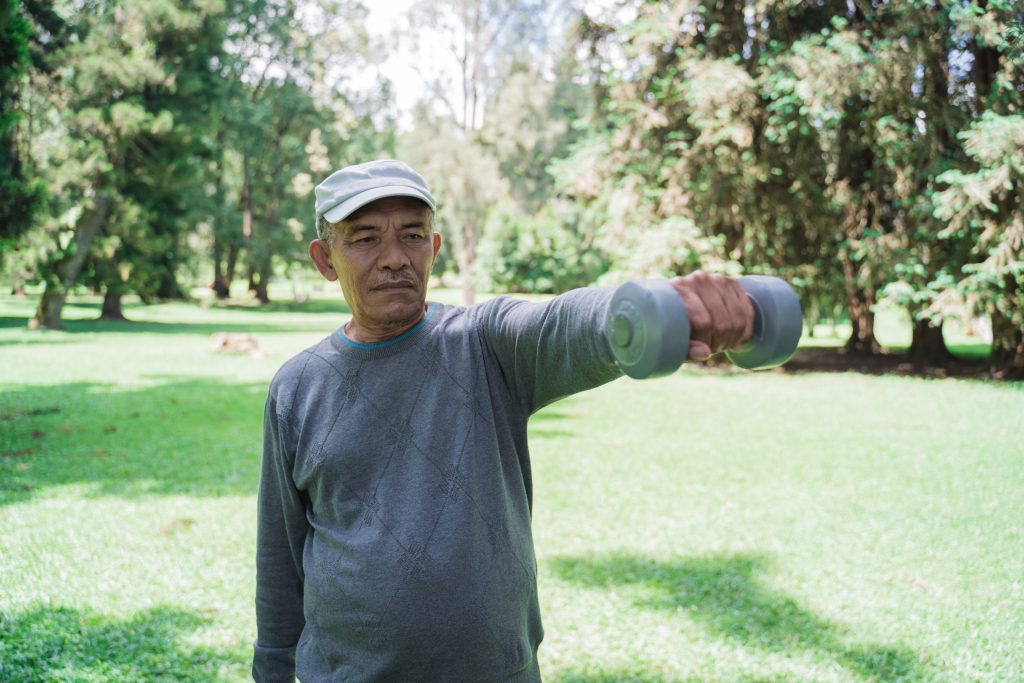
As we cross the milestone of 50, our bodies begin to manifest the wear and tear of life, often prominently in our joints. The flexibility and resilience we once took for granted may now present as stiffness, discomfort, or even pain during everyday activities. Here are 5 ways that can help you :
- Stay Active: Gentle exercise helps maintain joint flexibility.
- Eat Omega-3s and Antioxidants: These nutrients help control joint inflammation.
- Maintain Healthy Weight: Reducing strain on joints by keeping weight in check.
- Stay Hydrated: Water is essential for joint lubrication.
- Protect Your Joints: Use supports and avoid excessive pressure to preserve joint health.
Exercises You Can Start From Now
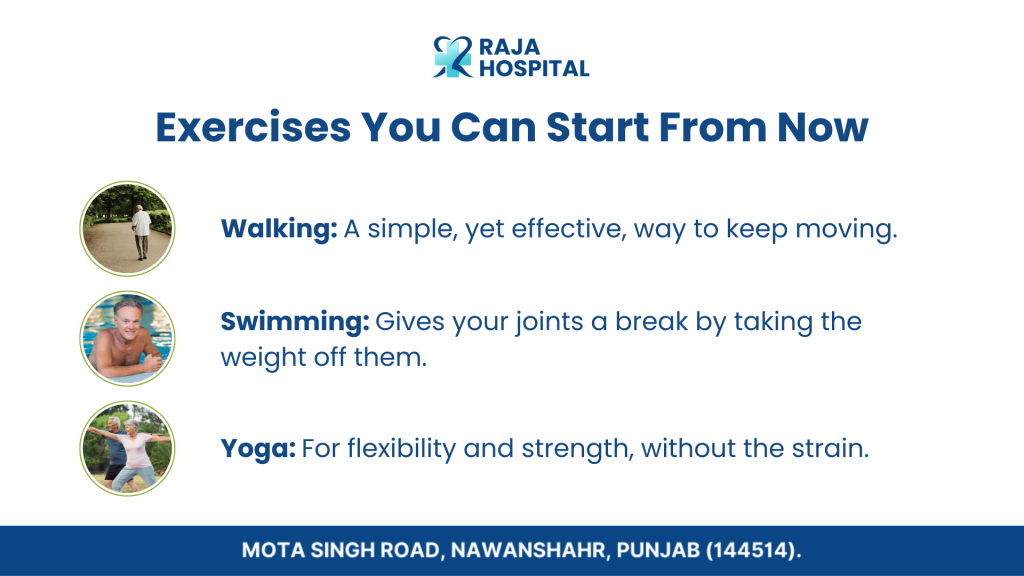
Walking: A simple, yet effective, way to keep moving.
Swimming: Gives your joints a break by taking the weight off them.
Yoga: For flexibility and strength, without the strain.
Risk Factors
Knowing the risks makes plotting a course for better joint health much easier. These may be through genetic, lifestyle, or environmental. It is simply a case of knowing the terrain and planning your journey accordingly.
- Age: Aging causes wear and tear on joint tissues, increasing pain risk.
- Obesity: Extra weight adds stress to joints, hastening deterioration.
- Gender: Women are more susceptible to certain joint pains like osteoarthritis.
- Joint injuries: Previous injuries can lead to future joint pain due to damaged tissues.
- Occupational hazards: Repetitive motion or heavy lifting jobs stress joints, leading to pain.
- Genetics: A family history of joint disorders increases the risk of similar conditions.
- Bone deformities: Abnormal joint alignment from birth can stress joints and cause pain.
- Metabolic diseases: Conditions like diabetes and gout can lead to joint damage.
- Sedentary lifestyle: Lack of exercise weakens muscles and joints, increasing pain risk.
- Smoking: Reduces blood flow to joints, exacerbating pain and impairing healing.
Conclusion
As we gently close this chapter on managing joint pain in old age, let us remember—you do not walk this path alone. The golden years of life, in fact, are meant to be filled with smiles, laughter, and many cherished moments, not overshadowed by joint pains.
So when the going gets tough, remember Raja Hospital is right there and ready to extend its helping hand—or rather, the caring support of your joints. Do not ever let joint pain be an obstacle to living your life to the fullest. Join us at Raja Hospital so that together, we may be on our way towards a bright and pain-free future. In every stride you take, this is where comfort is.
